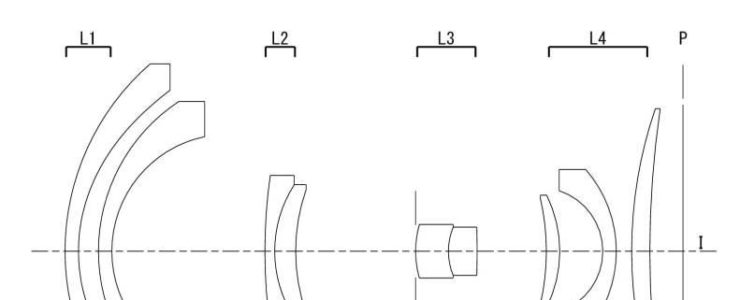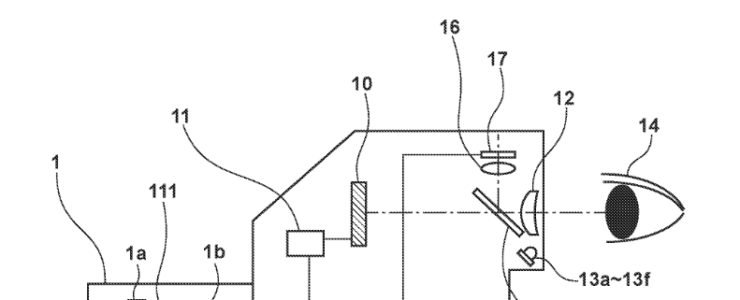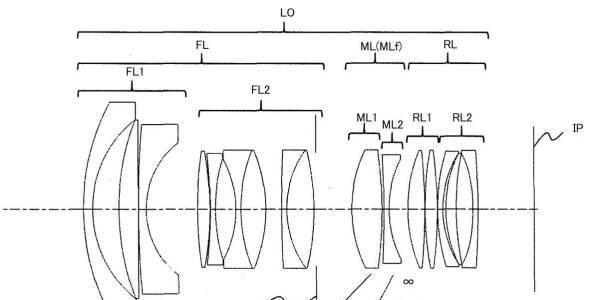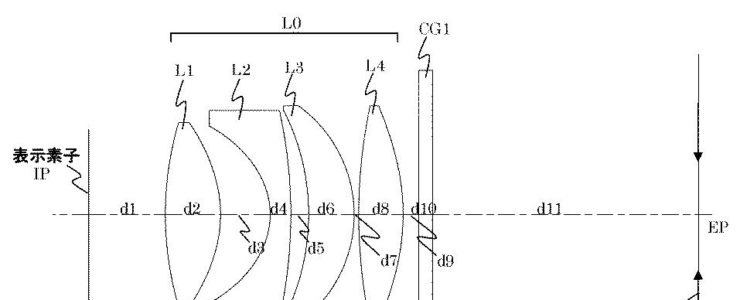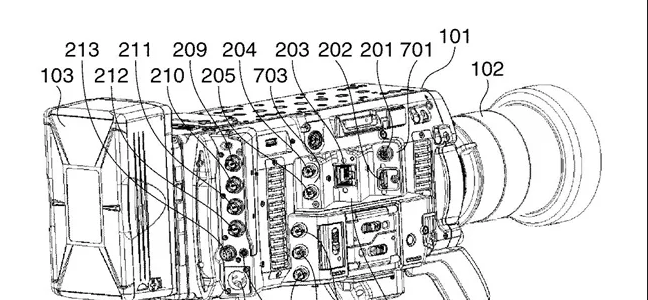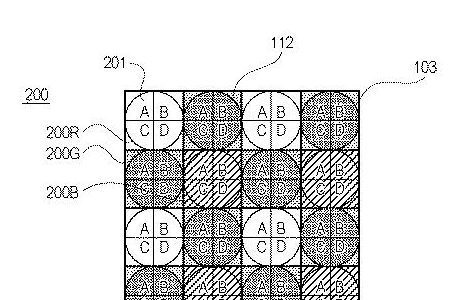Canon Patent: 15-45mm f/4.6-8 For Fixed Lens Full Frame Mirrorless Camera
Here is an interesting Canon patent for a lens featured on a fixed lens full frame mirrorless camera.
Canon might be set to release a camera with a full frame sensor and a fixed lens. Something other manufacturer already offer, like the Sony RX1 R. Canon patent application P2021-26196A (Japan) discusses the optical formulas for a lens to be featured on this kind of camera, a 15-45mm f/4.6-8.
- Zoom ratio: 2.92
- Focal length: 14.95 28.12 43.68 mm
- F number: 4.62 6.22 8.00
- Half angle of view: 55.35 37.57 26.35
- Image height: 21.64 21.64 21.64 mm
- Lens length: 92.22 86.07 89.94 mm
- Back focus: 4.95 17.00 30.06 mm
I wouldn’t be surprised if Canon brings the EOS R technology to a fixed lens full frame mirrorless camera. And I am pretty sure we will see some rumors pointing in that direction soon after this patent makes its rounds ;-)
We think the technology discussed in the patent might get into production within the next years. More Canon patents are listed here. Some particularly interesting patent applications we think might get into production are these:
- A bunch of prime lenses for the RF mount
- An improved Electronic Viewfinder
- Patent application for RF 50mm F1.4 and an RF 35mm f/1.4 lenses
- A zoom lens that might be for an EOS R with APS-C sensor
- A smaller IBIS unit.
- A cooling adapter for the RF mount (R5 overheating?)
- A bunch of macro lenses for the RF mount.
- A 8mm f/4 circular fisheye lens for the Canon EOS R system
- A battery grip that works with differently siszed cameras
- A 100-400mm f/5.5-7.1 lens for APS-C cameras. EOS M or DSLR?
- RF 17-70mm lens for EOS R system
- IBIS coming to the EOS M and PowerShot lineup?
- Patent Application: mirrorless camera with large display and virtual control wheel
- Patent Application: IBIS and Lens IS Working Together
- Patent application for high speed mirror movement and control
- Patent application for an RF 14-28mm f/2 lens
- Patent application for an RF 50mm f/1.8 lens
- Patent application for a smart lens cap
- Patent application for celestial auto-focus
- Patent application describing a Pop-Up Flash With LED
- Patent application describing the optical formula for a RF 70-300mm F/4-5.6 IS lens for EOS R systems
- Patent application describing how to improve burst rate by compressing raw files
- Patent application describing a new way to review photos from a sequential shot
- Patent application that describes technology to improve wireless communication while reducing power consumption
- Patent application to spot and reduce moire artefacts in image data
- Patent application for weather sealed lens adapter
- Patent application for AI powered predictive camera control system
- Patent application for 18-55mm kit lens with LCD display
- Patent application to reduce noise in image files
[via Hi Lows Note]

